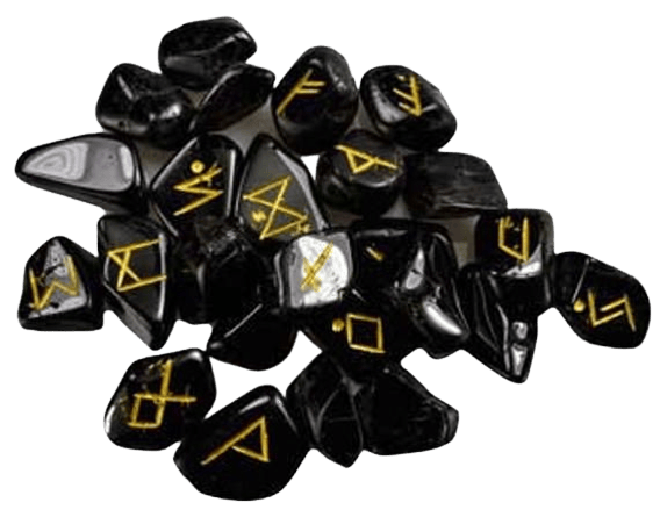The Celtic Society
Table of Contents
We’re going to talk about the origins of English culture and literature in this page, right from the beginning.
The first inhabitants of British Isles vere the Iberians, many centuries B.C.
We say "B.C." (Before Christ) or "B.C.E" for events happened before the year 0, and instead "A.D." (Anno Domini) or "C.E." (Common Era) for events happened after the year 0.After the Iberians (our book - LitHub - doesn’t even talk about them!) Celts arrived.
With the arrival of Celts, England became a melting pot of germanic tribes, since Celts were Germanic, of whom the two most known were Britons and Gaels.
Britons and Gaels #
Britons settled in the South-East of England, the most fertile area, while Gaels - not to be confused with Gauls, in southern France - settled in Wales, Ireland and Scotland.
Celts ahead of their time #
The Celtic society was ahead of its time. In fact, Celts:
- invented the plough
- built forthills (fortifications on hills)
- gave same opportunities to both women and men.
Role of women #
Women could own properties and even choose their husband! Usually in germanic tribes men fought, not women, but with Celts we catch an exception: queen Boudicca chose a new husband after hers died, and even fought against the Romans.
Hierarchy of Celtic Society #
Since Celts have germanic origins, this society - as the Longobards in Italy - was organised in tribes and families. Each family had a warmongering leader, farmers, hunters, and a priest, who worshipped natural elements and held celebrations in the woods, AKA Druid.
The Druids’ importance for culture preservation #
The Druid was a priest, and he knew all kinds of things!
He mastered medicine, religion and he was also literate, so he knew how to preserve the tribe’s history by writing down it with carved objects -runes- using an alphabet called Futhark.
